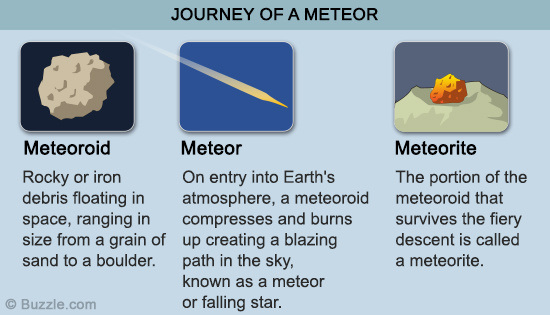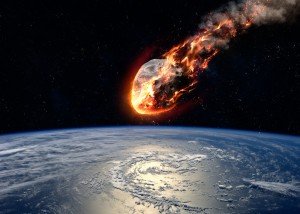

Meteors are rocks that are smaller in size when compared to asteroids. Meteoroids or meteors: Less violent asteroids If it were to hit the earth, there would have been devastating local destruction. The Asteroid 2019 OK was the size of a boulder, traveling at the speeds of 54,000 miles per hour. However, uncertainties do happen like the Asteroid 2019 OK that went past earth on July 25 th, 2019 with less than one fifth the distance to the moon, blindsiding the researchers who only got wind of the asteroid only hours before it was revealed. Like we discussed before, scientists have already mapped out most asteroids that pose a threat to the world. The researches tracked the asteroid again recently only to find that it is not on course. The asteroid in question was discovered in 2006 and named 2006 QV89. There have been many reports written on an asteroid that had a very minor chance (1 in 70,000) of hitting the earth.īut it is now put to rest as the asteroid was found to be not on the course as it was originally predicted. It stretches more than 300 kilometers in width.Įven today, there are speculations of asteroids hitting the earth. The Vredefort crater in South Africa is a prime example of the craters formed by asteroid impacts. There are also other asteroids impacts on earth, and they have left craters for us to see their devastation. As their size gets bigger, the more impact power they pack. It was an asteroid that was responsible for the extinction of the dinosaurs. In the asteroid belt, it is estimated that there are more than 750,000 asteroids. They are categorized as rocks that are more than 10 meters in diameter.Īn example of a large collection of asteroids is the asteroid belt that surrounds Mars and Jupiter. Their composition is mostly rock and metal. Source: NASA/JPL-Caltech What is an Asteroid?Īsteroids are large pieces of rocks that orbit the earth. The asteroids and meteoroids are parts of them that are floating around in space, sometimes getting pulled by a gravitational field and hitting other objects. They are now the remnants of those planets which may have undergone some collision or other interspace destruction. Let’s settle some of the misconceptions that surround asteroids and meteors.Īsteroids and meteoroids were once parts of planets. The entities in spaces are given certain names because they have distinguishing factors. The confusion between the two terms became prevalent as we started using the terms carelessly. NASA calls its space monitoring system Sentry and uses advanced monitoring systems and computers to find the course of asteroids for the next 100 years. Space agencies like NASA and ESA have set up space monitoring systems that scan the space for a foreign entity that can enter our atmosphere. RELATED: WE NEED TO GET SERIOUS ABOUT ASTEROID THREATS SAYS NASA CHIEFĮver since this discovery, asteroids and meteors became the inspiration of many fictional creations, primarily movies that revolve around the topic of saving earth from an asteroid. They became even more important when we found that the dinosaurs that lived on this planet were wiped out because of an asteroid hitting the earth. Meteorites are the remnants of meteors that have survived their fiery descent through our atmosphere.However, asteroids and meteors are the two entities that have often confused many. Most asteroids are less than the size of a car, but the largest asteroid in the solar system is Ceres (also classified as a dwarf planet) with a diameter of 946km, almost half that of Pluto. Most reside in the asteroid belt between the orbits of Mars and Jupiter. Fortunately, asteroids almost never collide with Earth since they’re in stable orbits around the sun. What is an asteroid?Īsteroids are much larger, anywhere from the size of a boulder (a few metres in diameter) to about the size of a small dwarf planet (a few hundred metres in diameter). A great many meteors fall through the atmosphere each day, and even those that do reach the ground are too small to have a noticeable effect. Most meteors visibly burn up in the atmosphere without ever reaching the ground. Meteors, also known as shooting stars, are significantly smaller than asteroids. However, there is certainly a difference between the two.


When we hear these terms, most of us probably only think of big space rock.


 0 kommentar(er)
0 kommentar(er)
